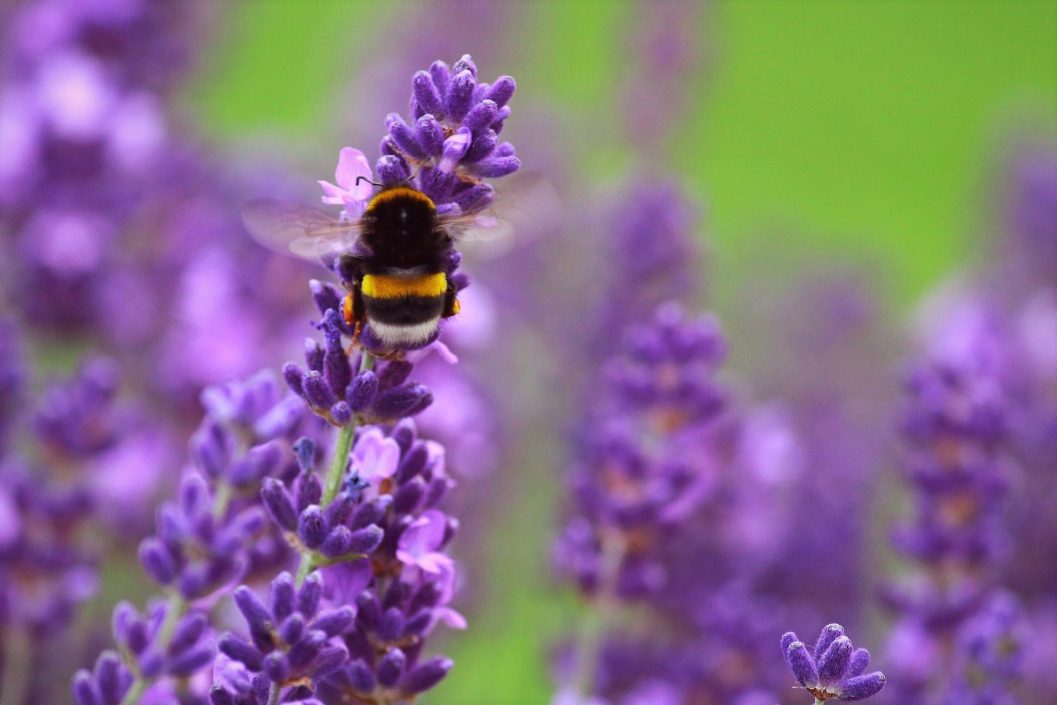A Chinese research team studied the genetic background of the scent of lavender bred in their homeland, and the formation of terpenoid molecules responsible for this – I informed Eurycaller. After exploring the plant genome, comparative analyzes were performed on individual sections of the genome to reveal the evolutionary background of lavender. Evolutionary changes were only searched for in whole genomes or aromatic gene combinations. Each gene that controls the production of the different terpenoids that make up the fragrance has been precisely defined.
It turned out that the entire genome of lavender had doubled earlier, allowing it to adapt to the cooler regions of the Mediterranean. Plants are subject to such duplication, after which the doubly present genes have more freedom for further transformation. As a result, the genes responsible for each aromatic component may have evolved, but they also allow for the production of a myriad of chemicals. This way, the plant is able to defend itself against certain pests or just attract pollinators.
The genetic changes now uncovered have allowed the production of a variety of terpenoids used in both control, pollination and induction of lavender. Knowledge of these genes helps to breed lavender varieties with the most favorable odor composition or even more resistant to disease and climate variability.












































